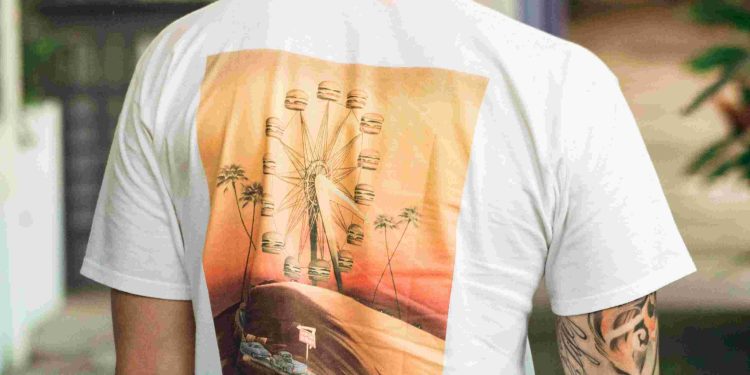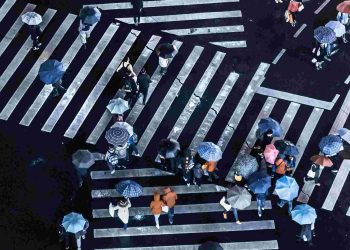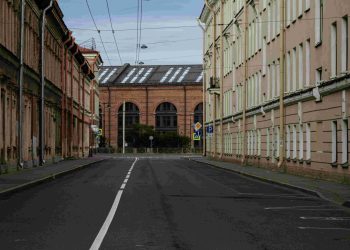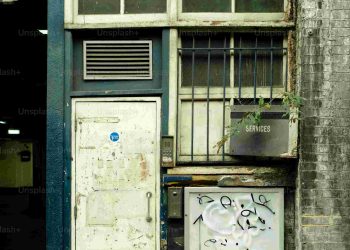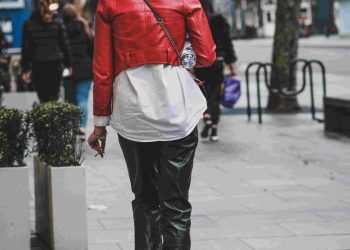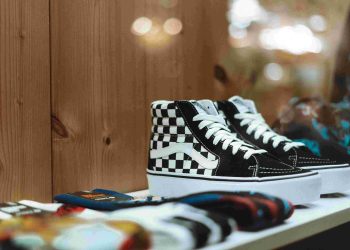Unique Street Fashion Trends
Street fashion is not merely an act of wearing clothes; it is an audacious, living manifesto.
Every outfit is a challenge to the status quo, a proclamation that style can transcend runways and establish itself in everyday life. As I walked through London’s Shoreditch on a misty Saturday morning, it dawned on me: street fashion embodies an organic rebellion against traditional aesthetics. It breathes creativity and individuality into the routine fabric of existence.

The Heart of Authenticity in Self-Expression
I remember standing in Paris a few years ago, mesmerized by a man wearing a jacket made from repurposed denim, each patch a story unto itself. When I mustered the courage to ask him about it, he responded with a simple yet profound phrase: “This jacket is my autobiography.” In a world increasingly dominated by fast fashion’s cookie-cutter designs, street fashion’s integrity lies in its ability to tell a story. It is a melding of personal narratives, cultural influences, and daring creativity that cannot simply be bought.
From a socio-psychological standpoint, this explosion of individuality aligns perfectly with Maslow’s hierarchy of needs, particularly the pursuit of self-actualization. Clothing becomes more than a necessity; it evolves into a communication tool, a declaration of who you are or want to be. Unlike trends dictated by glossy magazines, street fashion is bottom-up, representing the pulse of society rather than the top-down directives of haute couture.
Challenging Conventional Norms through Creativity
For decades, the fashion industry has relied on segregated gender norms. However, street fashion has flipped the script. Androgynous layering, fluid silhouettes, and playful mixing of traditionally “feminine” and “masculine” elements are shaping a landscape where personal style transcends dated, binary categories. Consider the growing prominence of unisex brands and movements for gender-neutral styling. They are not just trends; they are reflections of a shifting collective consciousness that questions why clothing should define identity at all.
Furthermore, environmental sustainability—a pressing modern concern—has found a home in the world of street fashion. As activists, artists, and youth alike combat fast fashion’s environmental toll, thrifting, upcycling, and “slow fashion” have taken center stage. A 2022 survey by ThredUp found that secondhand clothing is projected to grow faster than the entire retail sector, with a remarkable 50% of Gen Z shoppers prioritizing sustainability. Street fashion, with its embrace of creativity and imperfection, naturally aligns with this ethos.
Predictions: The Future of Urban Style
Looking forward, technology and street fashion will continue to intersect in fascinating ways. Augmented Reality (AR) is already impacting how we shop for and interact with clothing. Imagine trying on virtual outfits that adjust to your preferences and environmental changes before you even step outside. Blockchain technology, too, might leave its mark, with NFTs providing authenticity to one-of-a-kind digital or physical clothing items. Brands such as The Fabricant have already begun blazing this trail, creating exclusive, entirely digital pieces.
Furthermore, cultural cross-pollination will likely drive innovation in street fashion. As urban centers embrace global diversity, we will see blends of traditional attire—think African prints paired with Scandinavian minimalist palettes or Japanese streetwear tailored with Parisian sophistication.
Actionable Advice: How to Embrace Street Style
-
Start with thrift stores:
Seek unique, affordable items that inject character into your wardrobe. -
Experiment boldly:
Combine patterns, textures, and colors you previously considered incompatible to create your statement. -
Repurpose existing clothing:
Upcycle old outfits—transform a billowy dress into a top or convert a jacket into a bag. -
Seek out local designers:
Support emerging artists who infuse authenticity into their creations. -
Use clothing swaps:
Not only are they sustainable, but they also help foster a sense of community around style exploration. -
Think critically about trends:
Don’t follow them blindly; instead, ask yourself how they align with your narrative.
The Bigger Picture: Why Street Fashion Matters
Street fashion is more than just a style statement; it is a microcosm of broader societal dynamics. It questions norms, drives inclusivity, and embraces change. Much like the art of graffiti, which turns public spaces into canvases, street fashion transforms the ordinary act of dressing into a form of art. It reminds us that every day is an opportunity for creation, for expressing who we are or aspire to be.
As the great philosopher Friedrich Nietzsche once said, “A sense of style can only have meaning when connected to the individual’s creative will.” In a world that sometimes feels chaotic and confining, street fashion offers the freedom to narrate your own story and inspire others to do the same.

